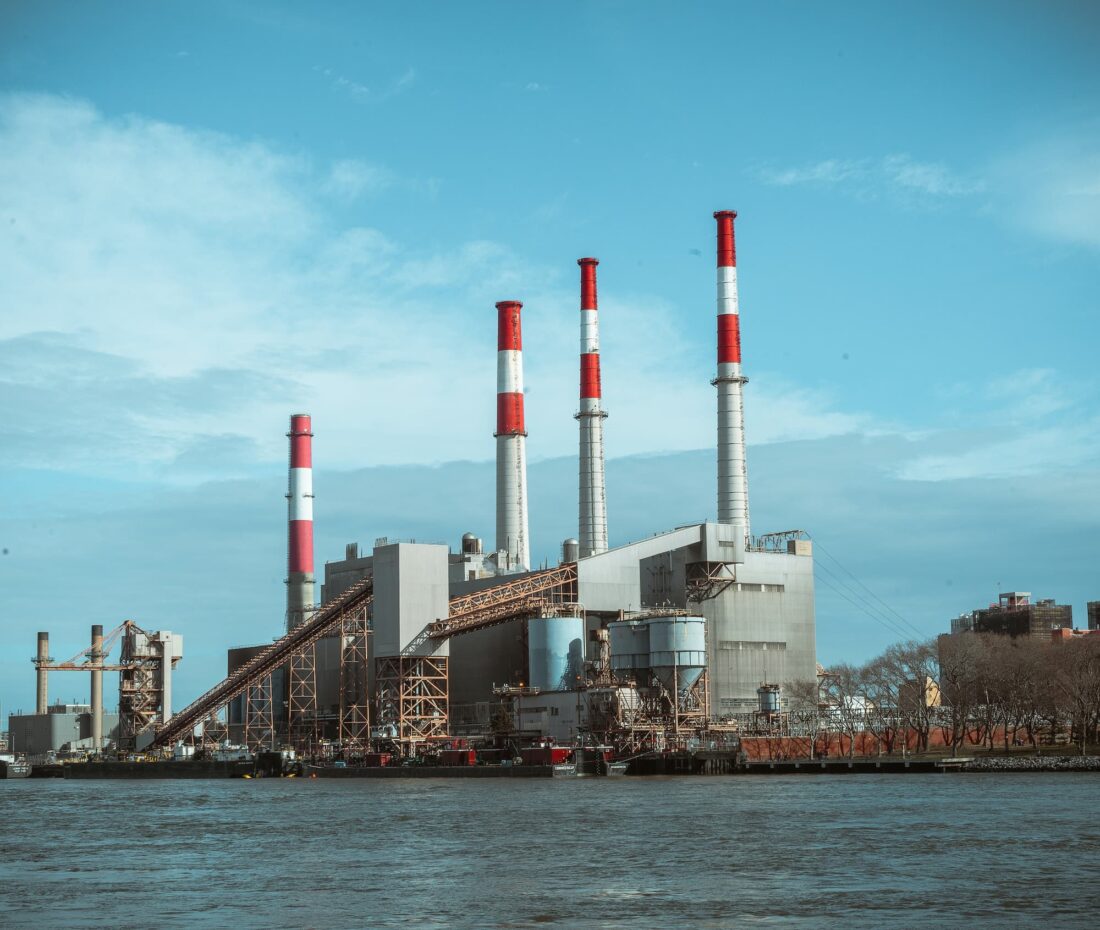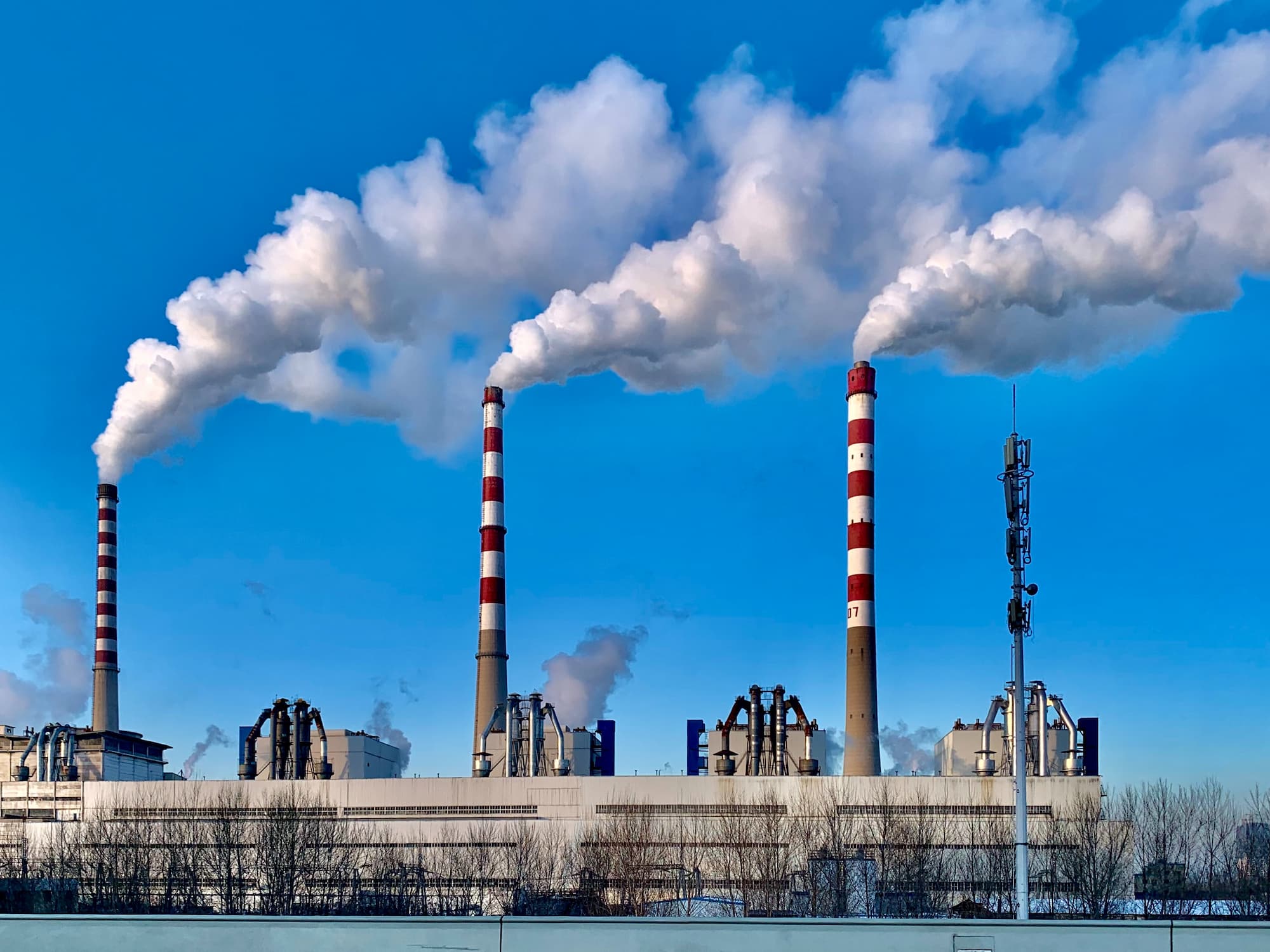Thermal Power Plants (TPPs) The most powerful power plants are located in places where fuel is extracted. TPPs using high-calorie, transportable fuel are consumer-oriented. It should be borne in mind that several circuits can be provided in its design – the coolant from the fuel reactor may not go directly to the turbine, but give its heat in the heat exchanger to the coolant of the next circuit, which can already go to the turbine, or can transfer its energy to the next circuit … Also, in any power plant, a cooling system for the spent heat carrier is provided in order to bring the temperature of the heat carrier to the value required for a repeated cycle.
If there is a settlement near the power plant, then the heat of the spent coolant is used to heat the water of the heating system of houses or hot water supply, and if not, then the excess heat of the spent coolant is simply discharged into the atmosphere in cooling towers or into a reservoir (pond, lake, river) cooler.
TPPs generate electrical energy as a result of the conversion of thermal energy released during the combustion of fossil fuel. Basically, most TPPs use thermal steam turbine units (STP), in which thermal energy is used in a steam generator to produce high pressure steam, which drives a steam turbine rotor, connected to the rotor of an electric generator (usually a synchronous generator). Coal (mainly), fuel oil, natural gas, lignite, peat, shale are used as fuel at such TPPs.

TPPs with steam turbines that have condensing turbines as a drive for electric generators and do not use the heat of the exhaust steam to supply heat energy to external consumers are called condensing power plants (IES or GRES). TPPs with steam turbines, equipped with cogeneration turbines and giving off heat from the waste steam to industrial or municipal consumers, are called combined heat and power plants (CHP).
TPPs driven by an electric generator from a gas turbine are called TPPs with gas turbine units (GTU). Gas or liquid fuel is burned in the combustion chamber of the GTU; combustion products with a temperature of 750 … 900 ° C are fed to a gas turbine that rotates an electric generator. The efficiency of such TPPs is usually 26 … 28%, the capacity is up to several hundred MW. Thermal power plants with gas turbines are usually used to cover peaks of electrical load.
TPPs come with a steam-gas turbine unit (CCGT), consisting of a steam turbine and a gas turbine unit. The efficiency of such a station can reach 42 … 43%. GTU and CCGT units can also supply heat to external consumers, i.e. operate as a CHP. Thermal power plants use widespread fuel resources, are relatively freely located and are able to generate electricity without seasonal fluctuations. Their construction is carried out quickly and is associated with less labor and material resources. But TPPs have significant drawbacks. They use non-renewable resources, have low efficiency (30 … 35%), have an extremely negative impact on the environmental situation.
TPPs all over the world annually emit 200 … 250 million tons of ash and about 60 million tons of sulfur dioxide into the atmosphere, and also absorb a huge amount of oxygen. It has been established that coal in micro doses almost always contains U238, Th232 and a radioactive isotope of carbon. Most TPPs in Russia are not equipped with efficient systems for cleaning exhaust gases from sulfur and nitrogen oxides. Although installations operating on natural gas are environmentally much cleaner than coal, shale and fuel oil, the laying of gas pipelines is harmful to nature.
Condensing power plants (CES) play a primary role among thermal installations. They gravitate towards both fuel sources and consumers and are therefore very widespread. The larger the IES, the further it can transmit electricity, i.e., as the capacity increases, the influence of the fuel and energy factor increases. CHP (combined heat and power plants) are installations for the combined production of electricity and heat. Their efficiency reaches 70% versus 32 … 38% at IES. CHPPs are tied to consumers, since the radius of heat transfer (steam, hot water) is 15 … 20 km. The maximum capacity of the CHPP is less than that of the IES. Recently, fundamentally new installations have appeared:
- gas turbine (GTU) installations, in which gas turbines are used instead of steam, which eliminates the problem of water supply;
- steam and gas turbine (CCGT), where the heat of the exhaust gases is used to heat water and obtain low pressure steam;
- magnetohydrodynamic generators (MHD generators), which convert heat directly into electrical energy.
